Otters at Oceanworld
Na Madraí Uisce
Dingle Oceanworld is home to a very charismatic mammal, the Asian Short-Clawed Otter (Aonyx cinereus). The otters arrived in 2016 and are a firm favourite ever since! They are the smallest of the 13 species of otter weighing less than 5kg. You can recognise them by their brown fur with a paler underside, small head, short legs and flattened tail.
Asian small-clawed otters are found in southern India, southern China, Southeast Asia, Indonesia and the Philippines. These otters live in small streams, rivers, marshes, rice paddies, seacoasts and in mangroves. They share their habitat with three other species of otter: Eurasian, smooth coated and hairy nosed. Unfortunately, Short-Clawed Otters are classified on the IUCN Red List as ‘vulnerable’ in the wild which is only a single step above ‘endangered’. This is caused by destruction of their habitat, pollution and overexploitation of the species.
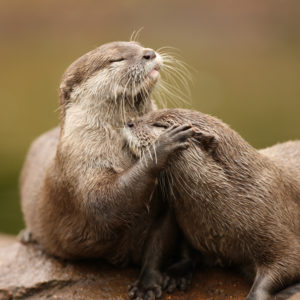
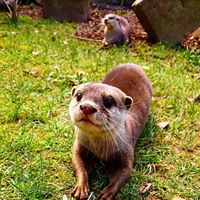
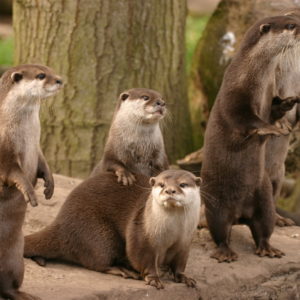
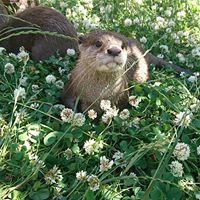
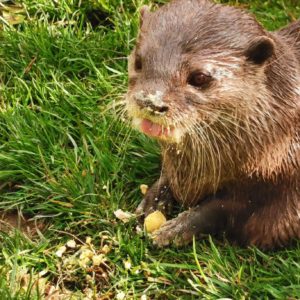
In the wild, the otters eat primarily crustaceans and molluscs but will also eat fish, insects, amphibians and reptiles. Asian short-clawed otters use their forepaws to locate and capture food items. Incomplete webbing between the toes gives them a great deal of manual dexterity. They have sensitive digital pads that help them feel under rocks or in murky water for food. They dig in sand and mud at the shoreline in search of various types of shellfish (clams and mussels) and crabs. To get at the meat, they either crush the shell by hand or let heat from the sun open the shells. Their teeth are broad and robust, well suited for crushing shells. Even though they are sociable animals that tend to live in large groups, they do their hunting alone.
This otter species can have babies (called “pups”) twice a year. Short-clawed otters are monogamous, meaning they have the one partner and the bonds are long-lasting. The female can give birth to anywhere up to seven pups per litter. The pups are born small and helpless and do not open their eyes until they are about 40 days old. They start to swim at about 60 days and eat solid food at around 80 days. Both the male and female provide care for their young. Sometimes the young will stay with the parents into adulthood and form a small loose social group of 4 to 12 individuals.
Fun Facts
- Like all otters, short-clawed otters are good housekeepers. They usually label one area as the “toilet” and keep the rest of their home clean.
- Rice farmers in Asia often use the otters to clear their rice fields of pests like crayfish, and fishermen have been known to train them to drive fish into nets for them.
- They are known as the most vocal of the otter species, they have about 12 different vocalisations.
- They must eat 25% of their body weight a day to maintain their metabolism.
- They have a scent gland at the base of their tails that they use to mark their territories.
- They have very sensitive whiskers called vibrissae, which they use to find prey in murky waters.
- Asian Short-Clawed Otters have two layers of fur and a layer of body fat to keep them warm in the water.
